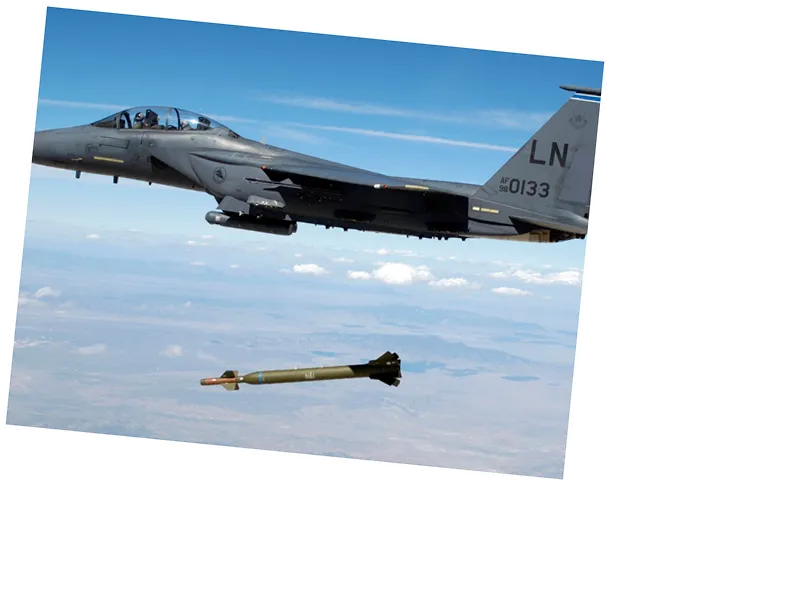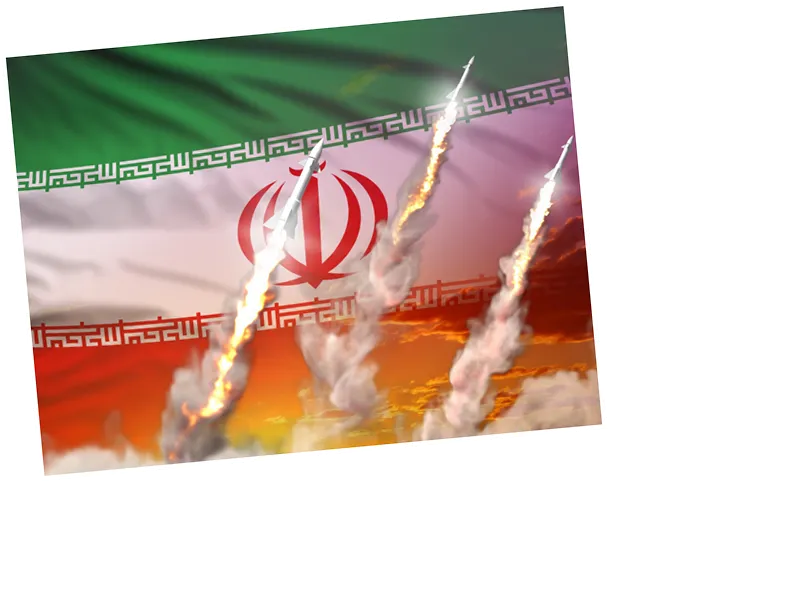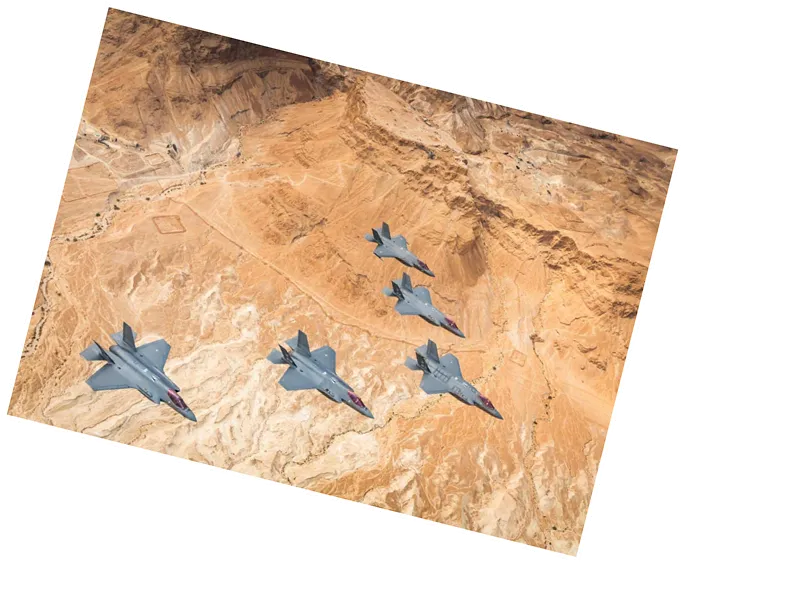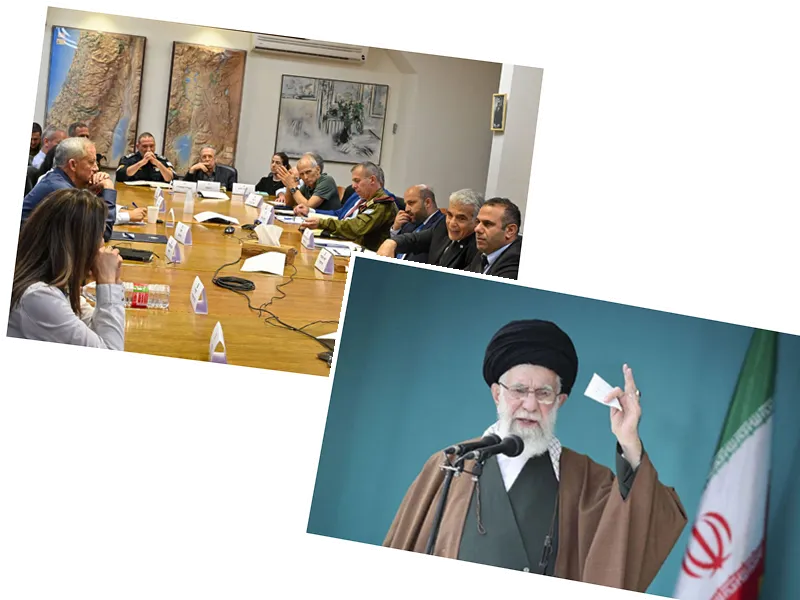The Challenge of Targeting Iran's Nuclear Facilities
As tensions escalate in the Middle East, particularly following Israel's military operations in Gaza and its threats against Iran, experts emphasize the complexity of targeting Iran's nuclear facilities. William Burns, CIA director, revealed that while Iran could theoretically produce a nuclear bomb within a week, current intelligence suggests they are not pursuing this path actively. The situation is further complicated by the advanced fortifications of Iran's nuclear sites, which are buried deep underground, making them resistant to conventional military strikes.
U.S. Involvement: A Necessity for Effective Military Action
Analysts agree that any successful military strike on Iran's nuclear infrastructure would likely require U.S. involvement. The American GBU-28 bomb, capable of penetrating up to 60 meters underground, is essential for such operations. However, this bomb can only be deployed by U.S. B-52 bombers, raising questions about the feasibility of an Israeli solo operation. Experts like David Des Roches argue that Israel lacks the necessary capabilities to effectively penetrate Iran's nuclear bunkers, particularly the Natanz facility, which is buried as deep as 145 meters under a mountain.
The Consequences of Military Action Against Iran
There is significant concern that an attack on Iran's nuclear sites could backfire, strengthening Iran's resolve to pursue nuclear weapons. James Acton, a nuclear policy expert, warned that while Israel might succeed in targeting certain facilities, the deeper Fordo site would likely remain intact. The complexity of Iran's nuclear program means that a successful military strike would require not only destroying physical sites but also disrupting the entire nuclear infrastructure, which includes research centers and manufacturing capabilities. This raises the stakes for a potential U.S.-Israeli collaboration, which many experts see as unlikely in the current geopolitical climate.





